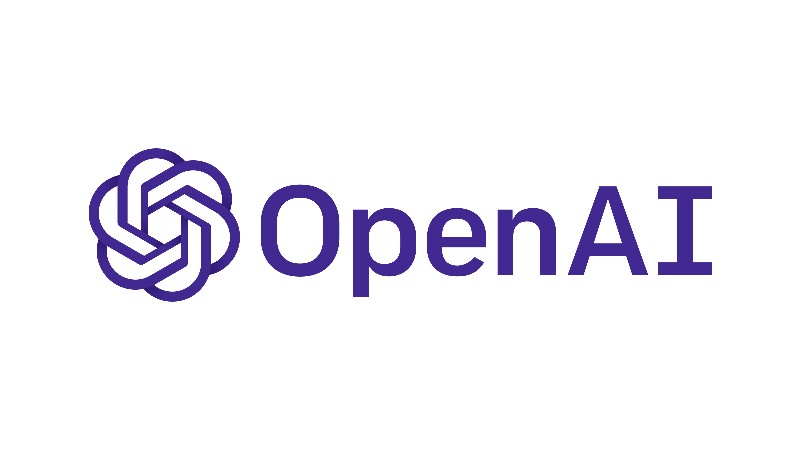What are OpenAI, ChatGPT, and Dall-E 2?

Welcome to our article on OpenAI, ChatGPT, and Dall-E 2! These are three of the most advanced and influential artificial intelligence (AI) technologies that have been developed in recent years, and they have the potential to revolutionize a wide range of industries and applications.
In this article, we will explore what these technologies are, how they work, and what they are used for. We will also discuss their potential applications and limitations, and consider the implications of these technologies for the future of AI. Whether you are a tech-savvy individual with a deep interest in AI, or simply someone who wants to learn more about these cutting-edge technologies, we hope you find this article informative and engaging.
What is OpenAI?
OpenAI is a research institute and company that focuses on developing artificial intelligence (AI) technologies and conducting research in the field of AI. It was founded in 2015 by a group of high-profile technology industry leaders and investors, including Elon Musk and Sam Altman, with the goal of advancing the field of AI in a responsible and beneficial way.
OpenAI is known for its work on a number of groundbreaking AI technologies, including GPT-3, which is a language-processing AI model that can generate human-like text, and Dall-E, which is an AI model that can generate images based on text descriptions. OpenAI also conducts research on a wide range of AI-related topics, including machine learning, natural language processing, and robotics.
In addition to its research activities, OpenAI also engages in public policy and education efforts, with the aim of helping to shape the development and deployment of AI in a way that is beneficial to society. The company is headquartered in San Francisco, California.
What is ChatGPT?
ChatGPT is a variant of the GPT-3 (short for “Generative Pre-training Transformer 3”) language processing AI model developed by OpenAI. It is specifically designed for use in chatbots and other conversational AI applications.
Like the original GPT-3 model, ChatGPT is trained on a large dataset of human-generated text and is able to generate human-like responses to user inputs. However, ChatGPT has been fine-tuned for use in chatbot applications, making it particularly well-suited for generating responses to user inputs in real time.
- RELATED: 10 ChatGPT Alternatives You Can Use
ChatGPT can be used to build chatbots that are able to hold natural, human-like conversations with users. These chatbots can be deployed in a variety of settings, including customer service, e-commerce, and social media. They can also be used to create chatbots for entertainment purposes, such as virtual assistants or chat-based games.
What is Dall-E 2?
Dall-E 2 is a variant of the GPT-3 (short for “Generative Pre-training Transformer 3”) language processing AI model developed by OpenAI. It is specifically designed for image generation tasks, and is able to generate high-quality images based on text descriptions.
Dall-E 2 uses a combination of machine learning techniques, including deep learning and transformers, to generate images that are realistic and visually appealing. It is able to generate a wide range of images, including images of objects, scenes, and people that do not actually exist.
Dall-E 2 has the potential to revolutionize the field of image generation and could have a wide range of applications, such as in the creation of computer-generated imagery (CGI) for movies and video games, the generation of realistic product images for e-commerce, and the creation of digital art. It could also be used in industries such as architecture, design, and advertising to generate mock-ups and prototypes.
